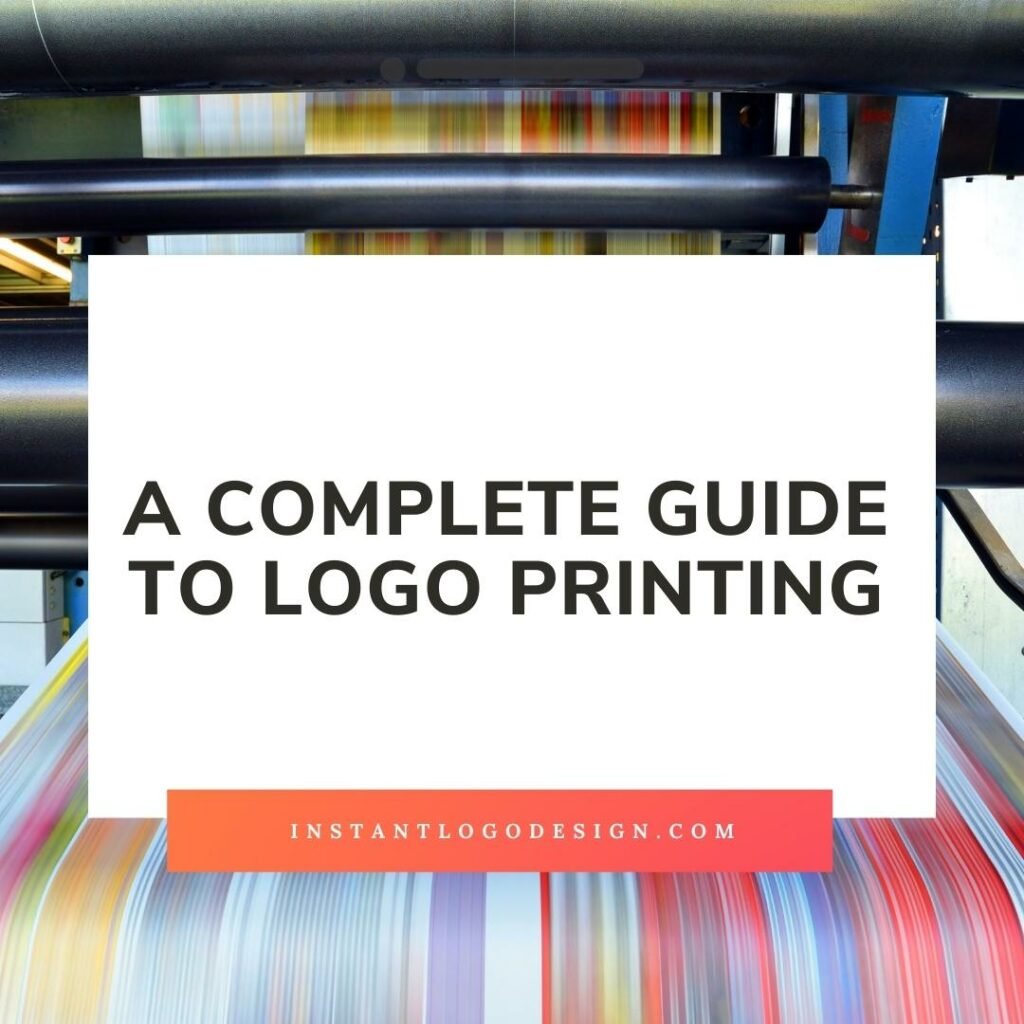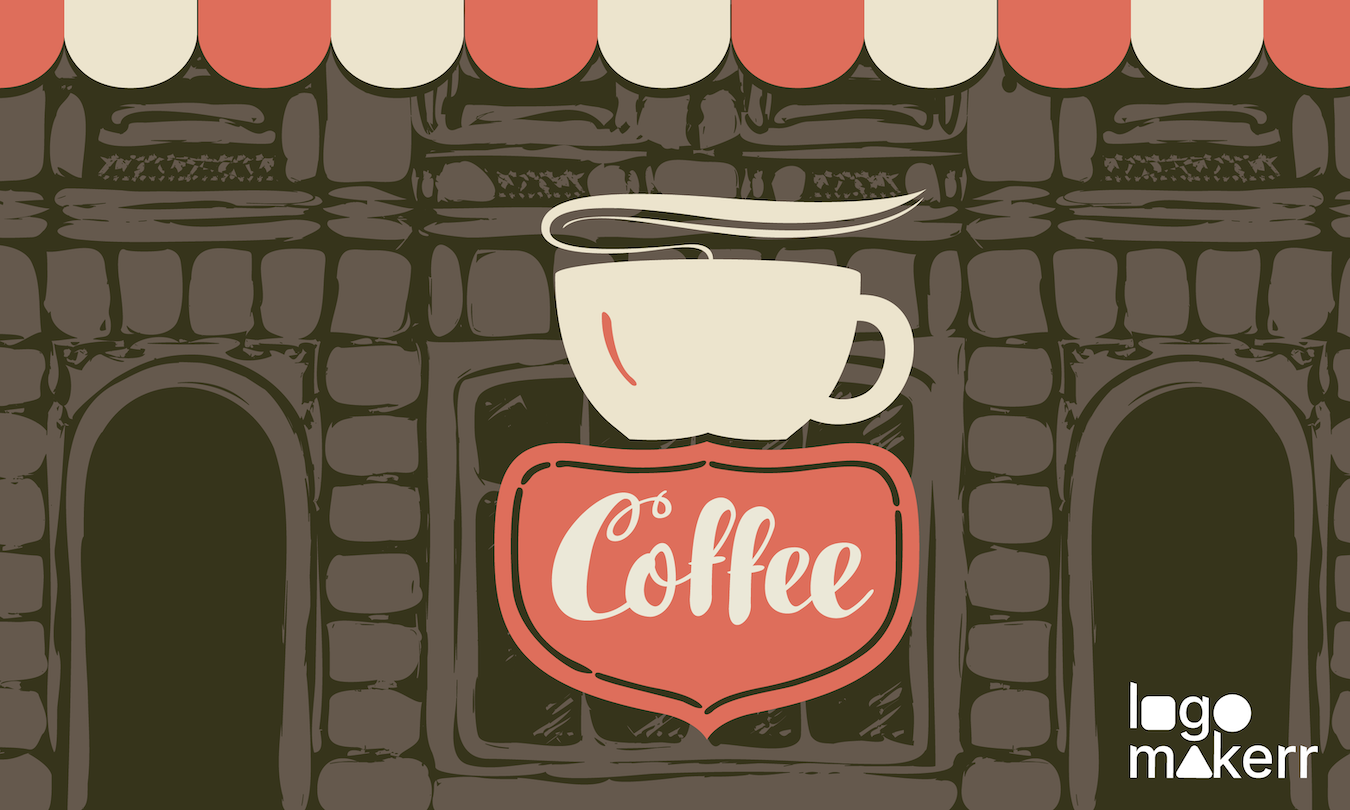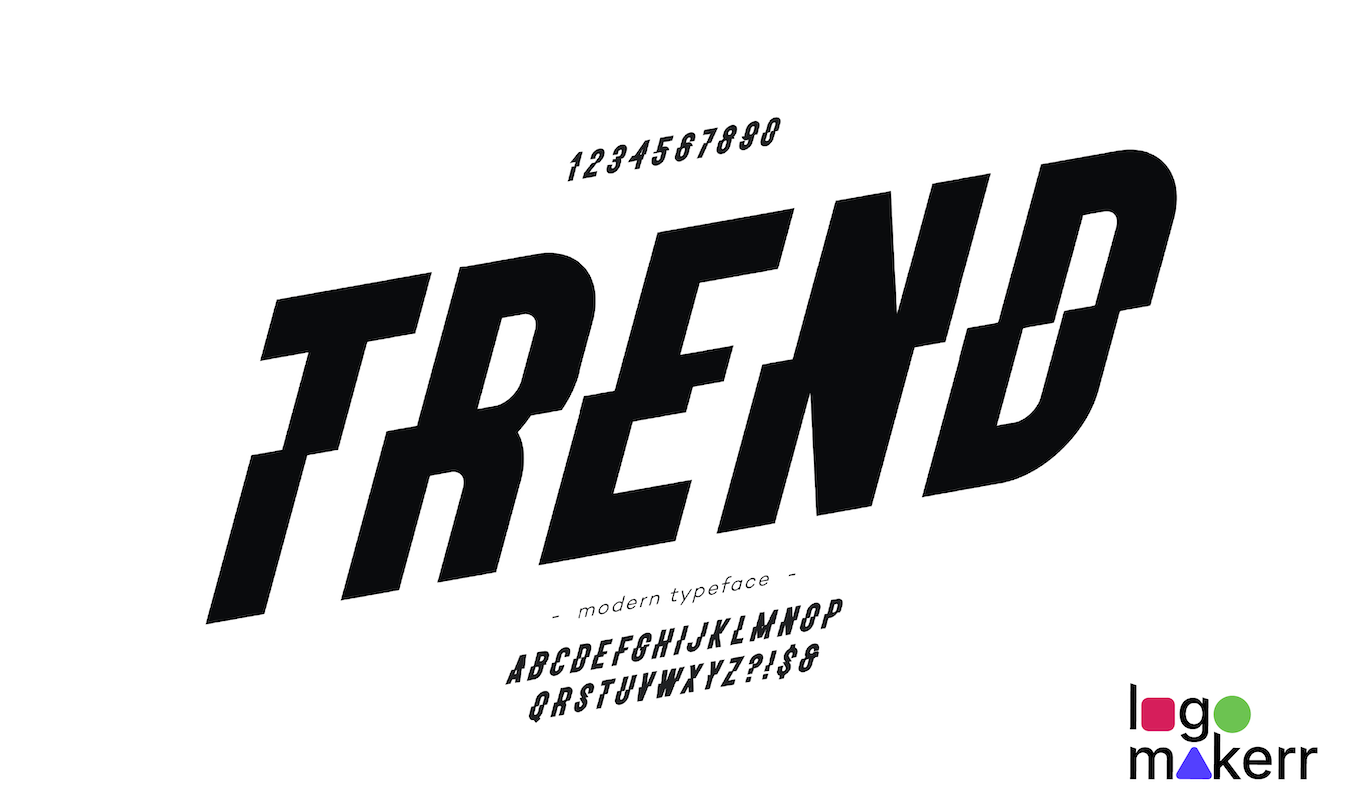If you’re in charge of marketing for a small business, you know that a great logo is essential for creating a strong brand identity. But what if you want to print that logo onto merchandise or other promotional materials?
Logo printing can be tricky, but with the right instructions, it’s a process that anyone can do.
There are many reasons someone might want to understand how to print a logo. For starters, it’s low cost, and the most important thing is it helps with brand awareness.

Perhaps you’re starting a new brand and need to create marketing materials, or maybe you’re looking for a new way to promote your existing business. Whatever the reason, learning how to print logos can be a valuable skill.
Printing logos can help you create some eye-catching and professional-looking materials. When your logo is printed correctly, it can boost your brand and help you stand out from the competition.
This guide is your one-stop shop to guarantee success in printing a logo.
What is logo printing, and what are its benefits?
Logo printing transfers a logo design onto a physical surface such as paper, fabric, or plastic. We can use a few different methods for this process, each with its benefits.
The most common printing method is screen printing, which involves using a screen to create a stencil of the logo design.
There’ll be ink poured over the stencil and transferred to the desired surface. Afterward, screen printing is a cost-effective option for large quantities and produces high-quality results.
Another common printing method is digital printing. This process uses an electronic printer to create a digital version of the logo design.
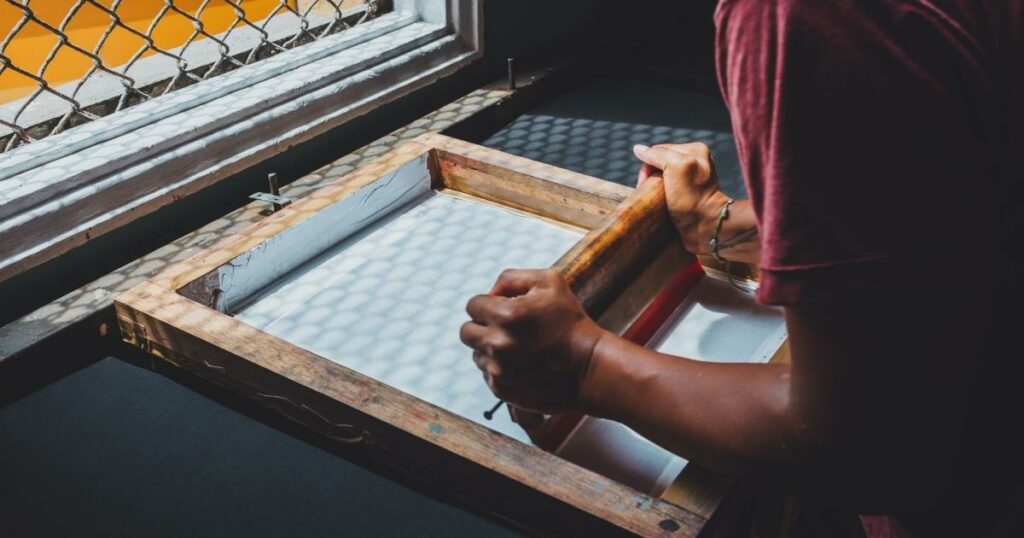
The design is then printed onto the desired surface using inkjet or laser printers. Digital printing is a quick and easy option for small quantities and produces high-quality results.
There are several ways to conduct the printing in logos, including thermal transfer, flexography, and offset lithography. Each method has its strengths and weaknesses, so it’s important to choose the right one for your needs.
The benefits of printing a logo depend on which method you choose. However, printed logos generally look professional and can help boost your business image. They can also help you stand out from the competition and attract new customers.
Formats necessary for Printing a Logo
There are a few different formats that are necessary for printing your custom logo. The most common format is a vector file, a graphic file that uses mathematical algorithms to create crisp and accurate images.
Vector files are ideal for printing logos because they can scale to any size without losing quality.
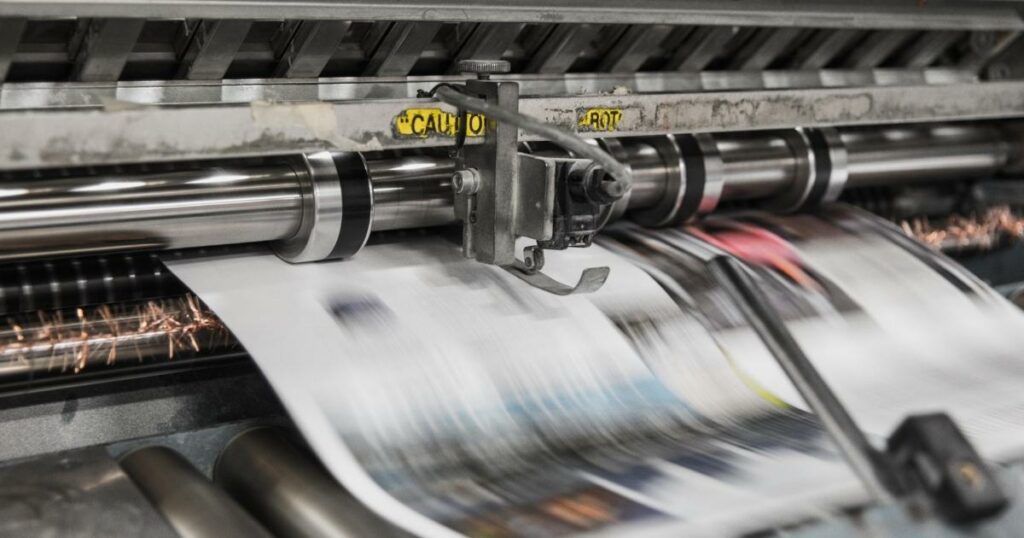
Another common format for printing logos is a high-resolution JPEG or PNG file. These are generally smaller than vector files, making them ideal for online use. However, they may not be as crisp when scaled up or down.
It’s important to choose the right format for your needs. Vector files produce the highest quality results but may be too large to send online or use in some applications. High-resolution JPEGs and PNGs are smaller and more versatile, but they may not look as crisp when scaled up or down.
How to print your logo onto anything?
Now that you know the basics of logo printing, it’s time to start. Here are a few tips to help you get the best results:
Choose the right paper or material.
The type of paper or material you use will affect your print quality. For example, photo paper generally produces better results than standard printer paper.
Use a high-quality printer.
The quality of your print will also be affected by the quality of your printer. If you’re using an inkjet printer, ensure it has high-resolution capabilities.

Use the correct settings.
When printing from a computer, select the correct settings for your printer. For example, select the highest quality setting using an inkjet printer.
Print a test copy first.
Always print a test copy of your custom logo before printing in large quantities. This will help you ensure that the colors are correct and the print quality is high.
Follow the manufacturer’s instructions.
Be sure to follow the manufacturer’s instructions for your printer and paper. This will help you avoid problems and produce the best results.
With these expert tips, coupled with the assistance of an AI logo maker, you can confidently print your custom logo onto any surface. Printing a logo can be a great way to promote your business and attract new customers. Choose the right paper, printer, and settings for the best results.
The most common applications you can print on.
Here are the four most common applications that your business can print on.
Custom logo stickers
Custom logo stickers are a great way to get your brand out there — but in a low-key way. They can be placed on products, packaging, or any other surface.
Customized products/other marketing materials
Want to get known for who you are? You can also print your logo on various products, including t-shirts, mugs, logo stickers in custom shapes and sizes, and more.
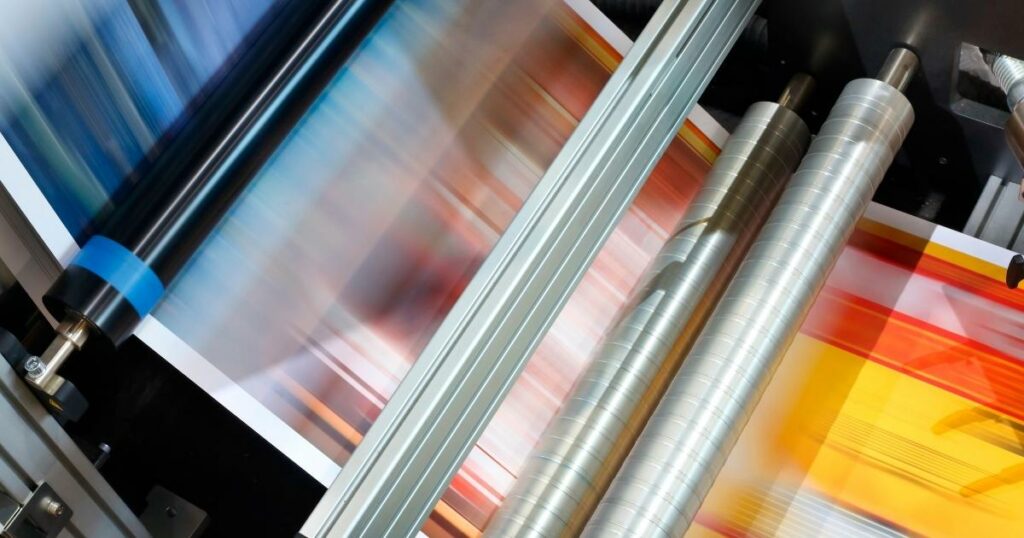
Business cards
Business cards are an essential tool for promoting your business. Include your company logo on your business card to make a lasting impression.
Posters and banners
What better way to advertise your brand than printing your logo on posters and banners? Include your logo on these materials to increase brand awareness.
Printing your logo on stationery
Most businesses use stationery with their logo printed on it. This helps to create a professional image and also makes it easy for customers and clients to remember your company. There are a few different ways to print your logo on stationery.
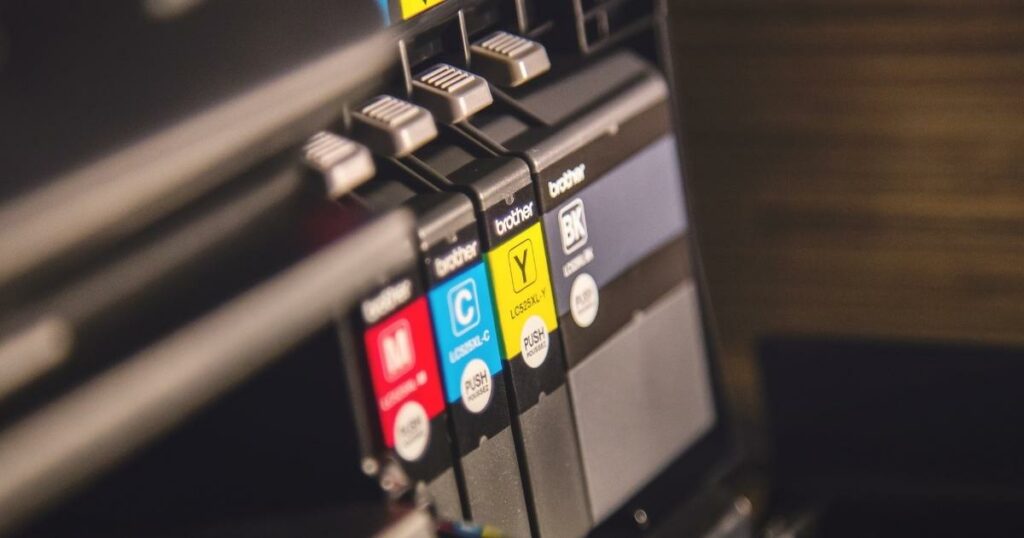
One is to use a pre-printed design that you can simply affix to your stationery. Another option is to have your logo printed directly onto the stationery. This can be done using a special printer that uses heat to transfer the ink onto the paper.
Alternatively, you can use a company that specializes in printing logos onto stationery. Whichever method you choose, make sure that your logo is printed clearly and legibly so that it will make a positive impression on those who see it.
Printing your logo on packaging
One of the most important aspects of branding is packaging. After all, it’s the first thing your customers will see when they receive your product.
For example, if you’re printing on paper packaging, you’ll need to use a specific type of printer and ink. But if you’re printing on plastic or metal, you’ll need to use a different printing process.
In any case, it’s important to work with a professional printing company that has experience printing logos on custom packaging. This way, you can be sure that your logo will look its best and that your packaging will make a good impression on your customers.
These are just a few ideas for promoting your business. Get creative and think of other ways you can use this technique to attract new customers.
How to store and care for printed logos
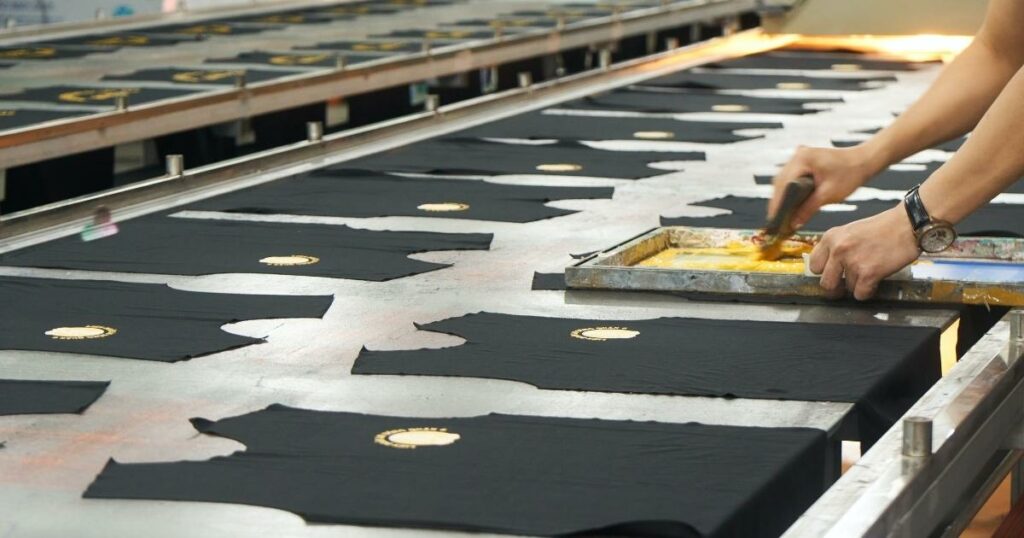
Once you’ve printed your logo onto custom stickers, business cards, posters, or other materials, it’s important to properly store and care for them. Here are a few tips:
Store in a cool, dry place
To prevent fading or damage, store your printed materials in a cool, dry place. Avoid direct sunlight and excessive heat.
Use a laminator
Laminating your printed materials will help protect them from tearing, fading, and other damage.
Be careful with handling
Handle your printed materials with care to avoid creasing or damaging them.
Follow these tips to ensure that your printed logo lasts long. You can use your printed materials for years with proper storage and care.
Schlussfolgerung
Printing a logo is a great way to promote your brand and attract new customers. Keep these tips in mind to ensure the best results:
- Choose the right paper or material.
- Use a high-quality printer.
- Follow the manufacturer’s instructions.
- Print a test copy first to ensure your logo is in full color
With these tips in mind, you can confidently print your custom logo onto any surface that guarantees your business’s success!
